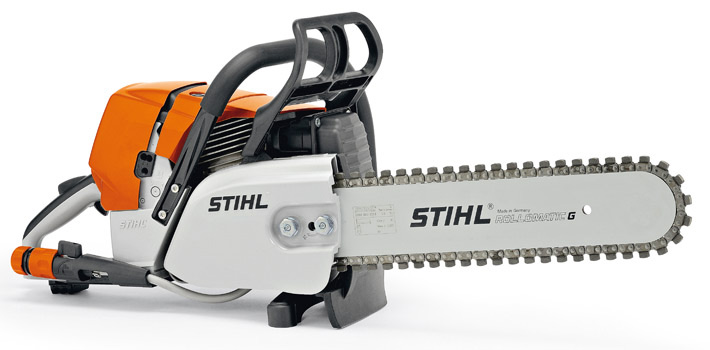Tips for Maintaining Your Battery-Powered Lawn Tools
Keeping up with your lawn care is a lot of work. From mowing and weeding to edging and trimming, it can take hours to maintain a beautiful outdoor space. Thankfully, there are many battery-powered tools available that can make the job a lot easier. But how do you keep those tools running in tip-top shape? Read on for some of our tips for maintaining your lawn tools so they stay in tip-top condition and give you years of trusty service.


